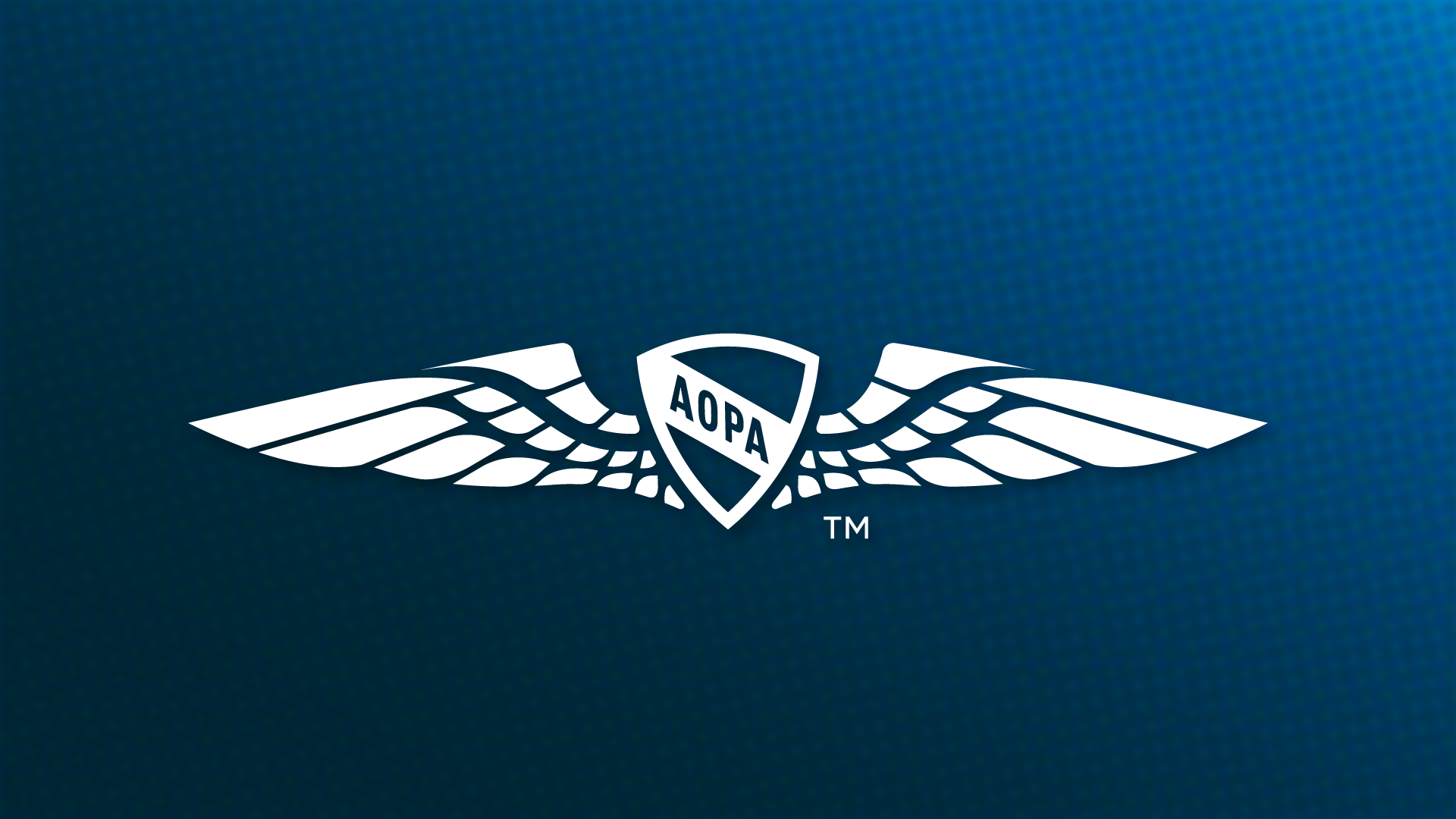Judgment call
Beyond the max demonstrated crosswind
Any weather forecast that includes powerful crosswinds can provoke sweaty palms, a dry mouth, and a general sense of dread among pilots. It does for me.

Any weather forecast that includes powerful crosswinds can provoke sweaty palms, a dry mouth, and a general sense of dread among pilots. It does for me.
On a Cessna Citation flight I operated to New England, a dry cold front had recently blown through leaving a cold and gusty northwest wind behind it. The destination, Quonset State Airport (OQU) in Rhode Island, had crossing runways, but the one facing into the wind was closed for reconstruction, so only the crosswind runway was available, and it was relatively short for a business jet at 4,000 feet.
The airplane I was flying doesn’t list a maximum demonstrated crosswind component although similar models show 21 knots. I asked some veteran Citation pilots for advice before the trip, and the response was all over the board. Some were against going beyond the maximum demonstrated number ever and said insurance companies and NTSB investigators would take a dim view of the pilot’s lack of judgment in case of a mishap. Others said they don’t get concerned about crosswinds until they reach 30 knots.
During a practice session in a Level D simulator, I once landed a Citation M2 in a 40-knot crosswind, but that was just pretend and even the best sims can’t replicate a real aircraft in dicey conditions or the consequences if things go wrong.
During the flight I monitored ADS-B weather reports that showed clear skies and a freshening wind at my destination. First it was 15 knots, then 20, and the direction was shifting, too. By the time I got within range, ATIS was reporting clear skies and winds of 330 degrees at 20 gusting to 29—an 80-degree crosswind for
Runway 5.
The 1994 Citation Jet I was flying is ideal for crosswinds because of its forgiving trailing link landing gear, fuselage-mounted engines, straight wings, wide wheelbase, and anti-skid brakes. The airplane’s owner was keenly interested in getting to a scheduled meeting at the airport on time. I told him we’d make an approach at Quonset State, but if necessary, we’d divert to nearby Providence where a long runway into the wind was available.
Lining up for a straight-in approach to Runway 5, I crabbed about 15 degrees into the wind on a two-mile final and made lineup adjustments with small variations in bank angle. But as I descended on a one-mile final, the required crab angle dropped to 10 degrees, and the wind arrow on the primary flight display showed the wind speed diminishing below 30 knots. When the airplane crossed the runway threshold and settled into ground effect, the crab angle was about five degrees and the Citation’s authoritative rudder allowed me to easily align the airplane’s nose with the runway centerline.
The landing itself held little drama. The Citation touched down on the upwind main gear first, then the other main, and it came to a stop just beyond midfield with normal braking.
Revisiting my decision to land in a crosswind that exceeded the manufacturer’s maximum demonstrated value, I’m comfortable with my choice—and not just because it worked out. If a successful outcome had been in doubt, I would have abandoned the approach.
This doesn’t mean I’ll disregard the manufacturer’s maximum demonstrated crosswind advice in all aircraft and times. On this day, in this airplane, at this location, however, it was eminently doable. Another might not, even when it’s within the manufacturer’s window.



